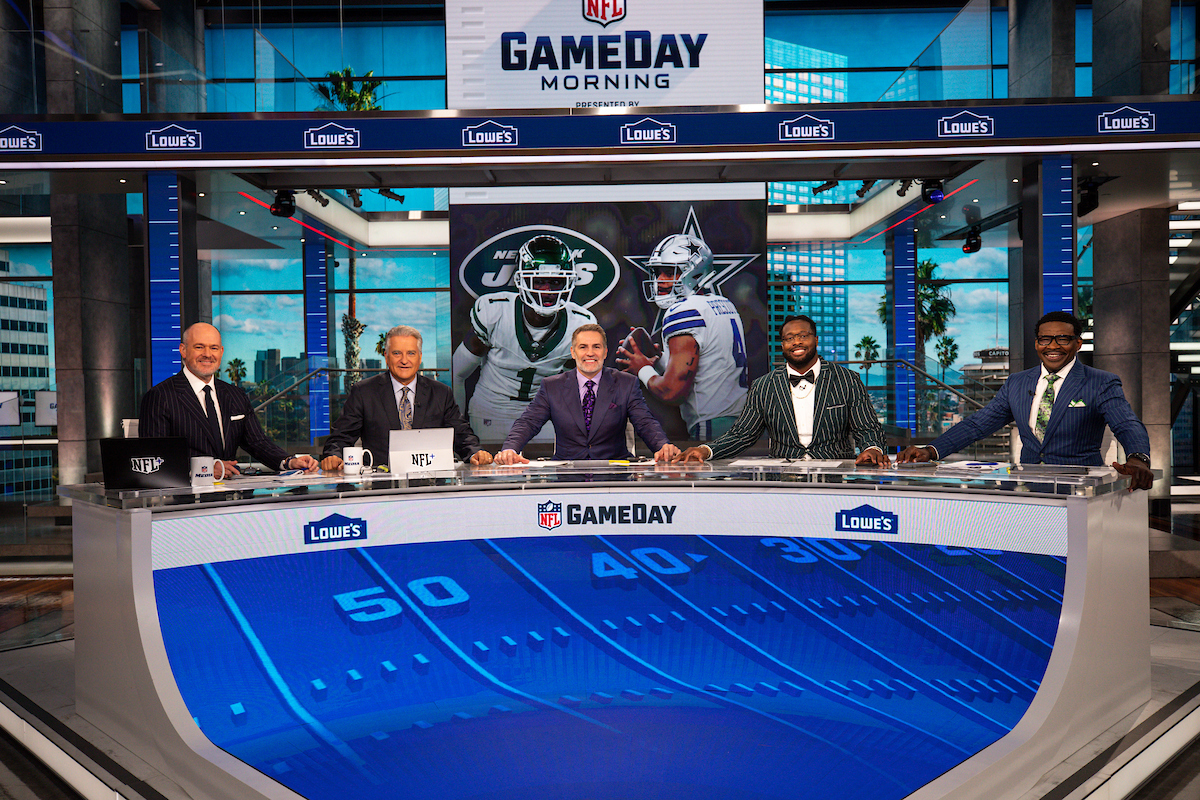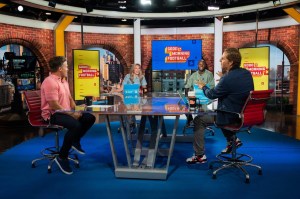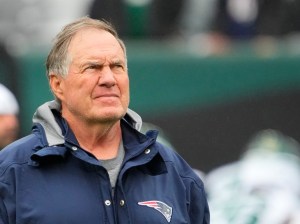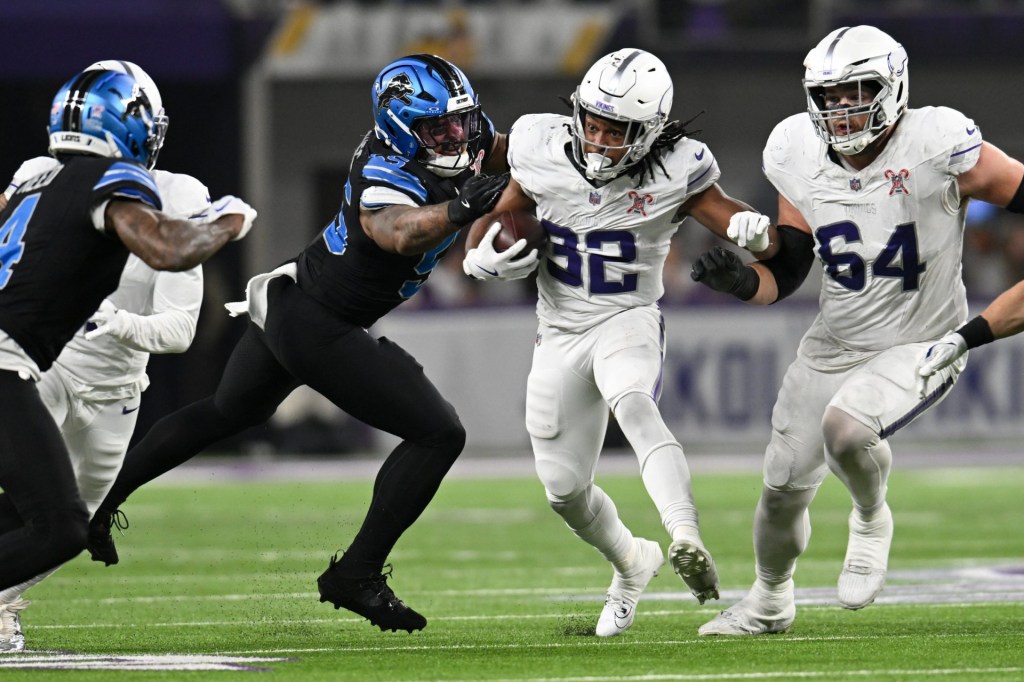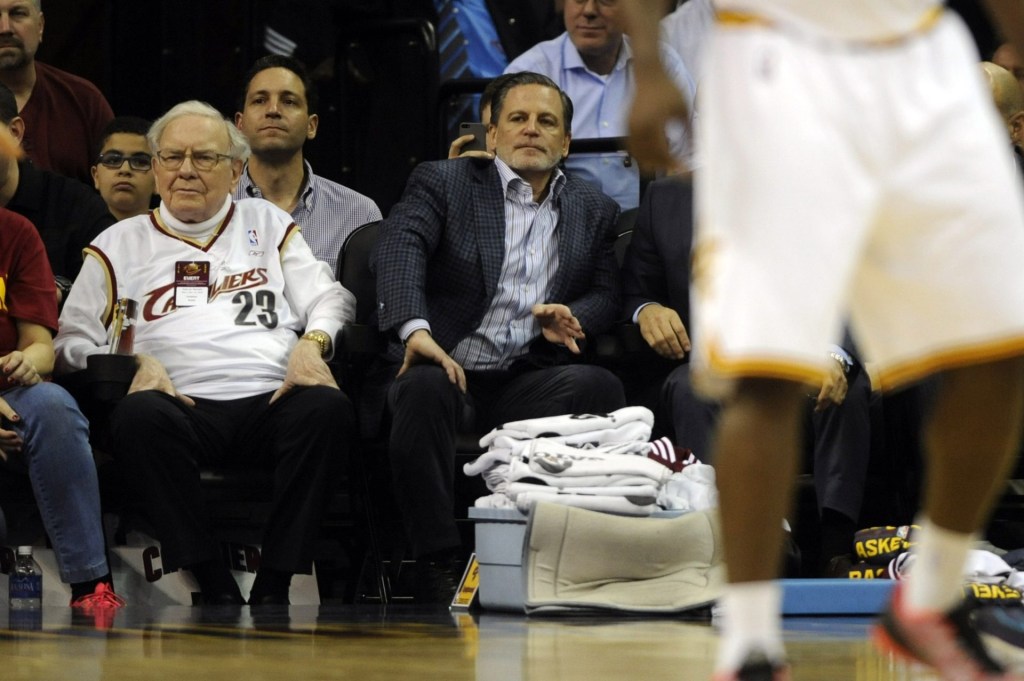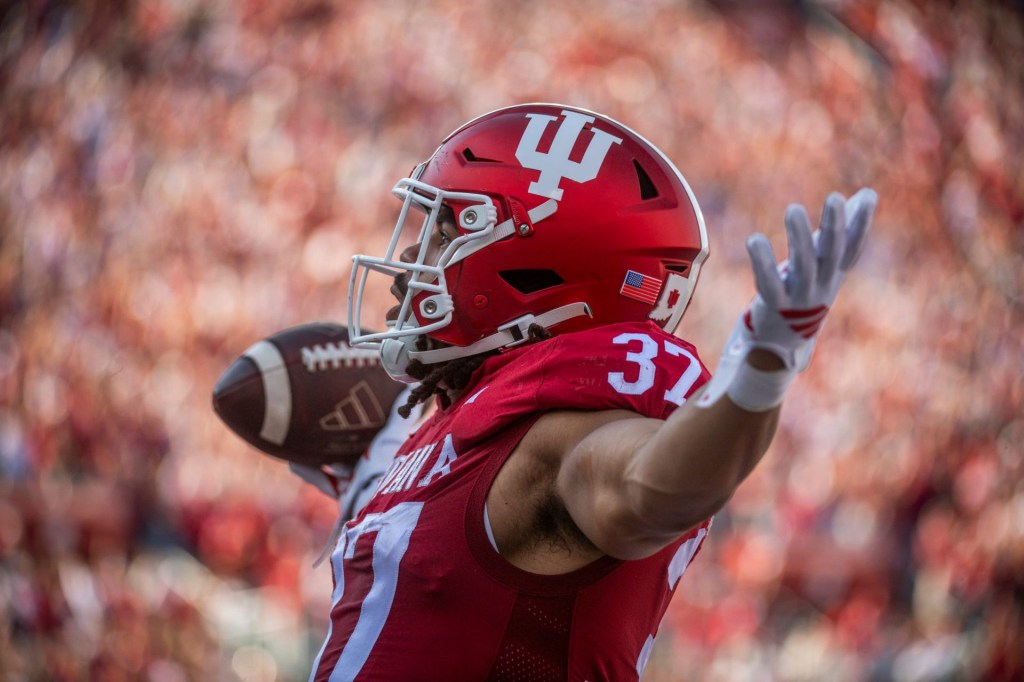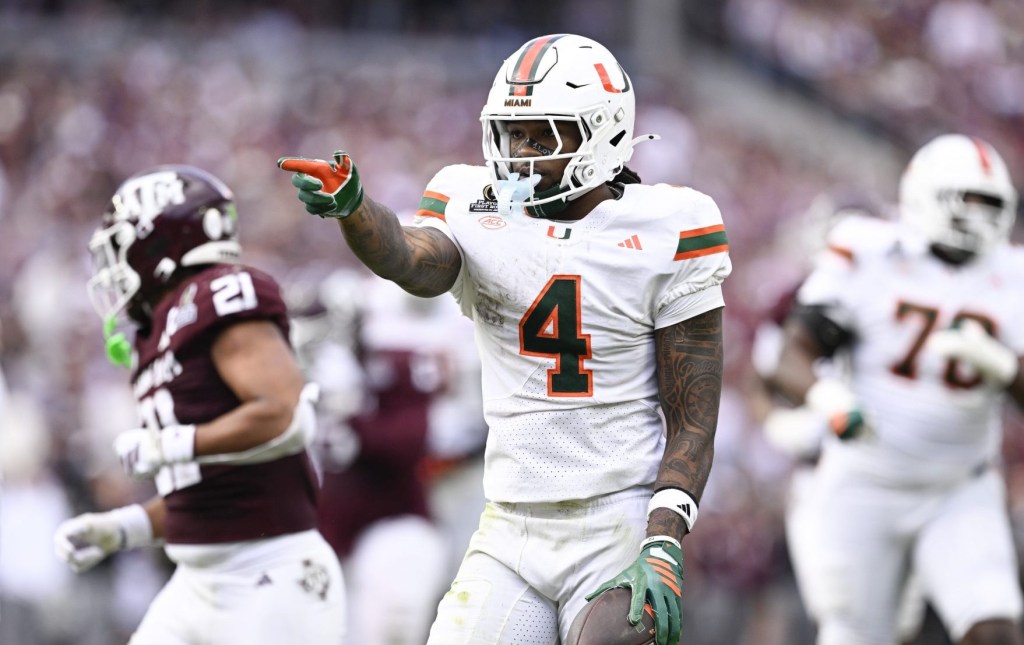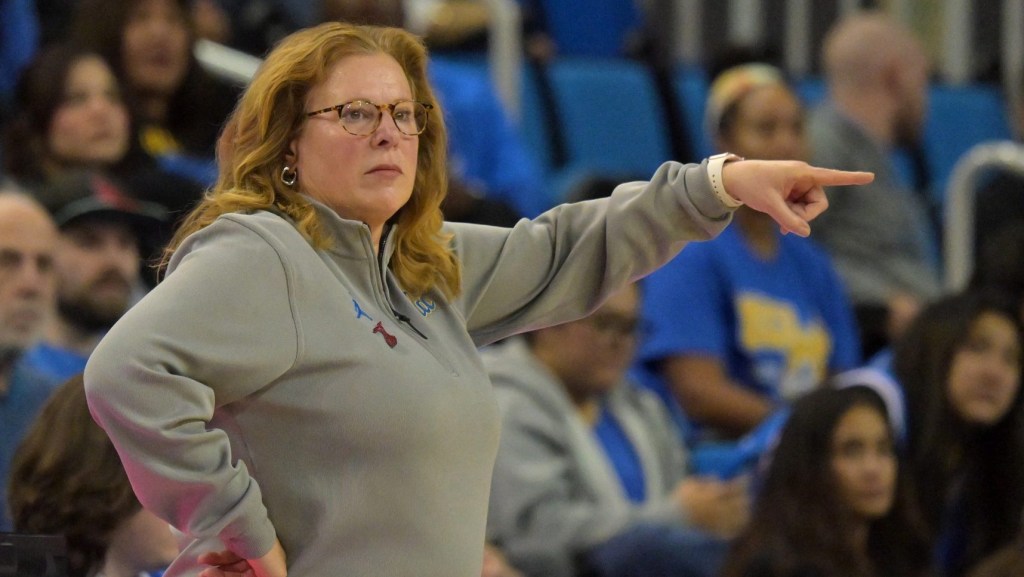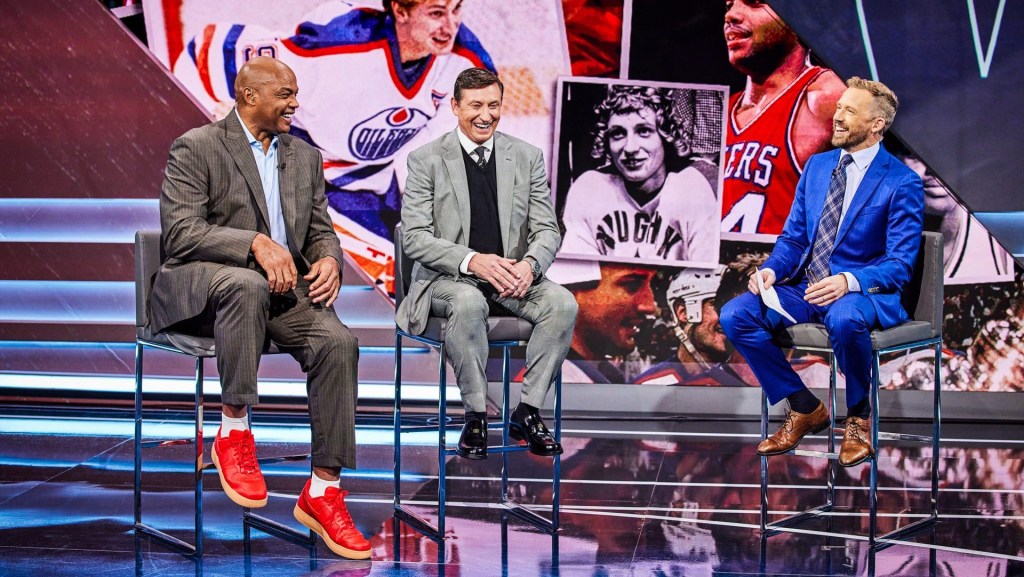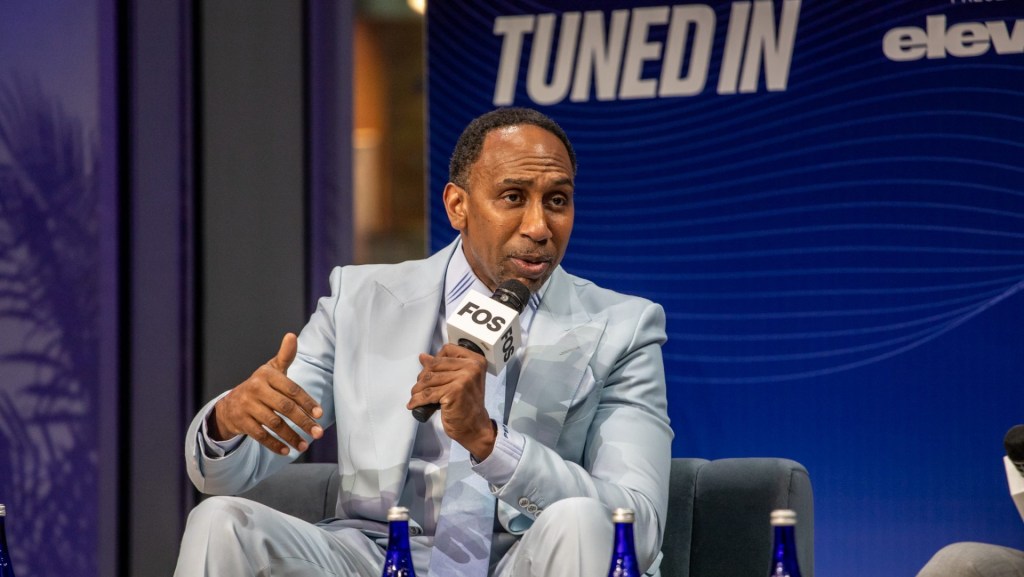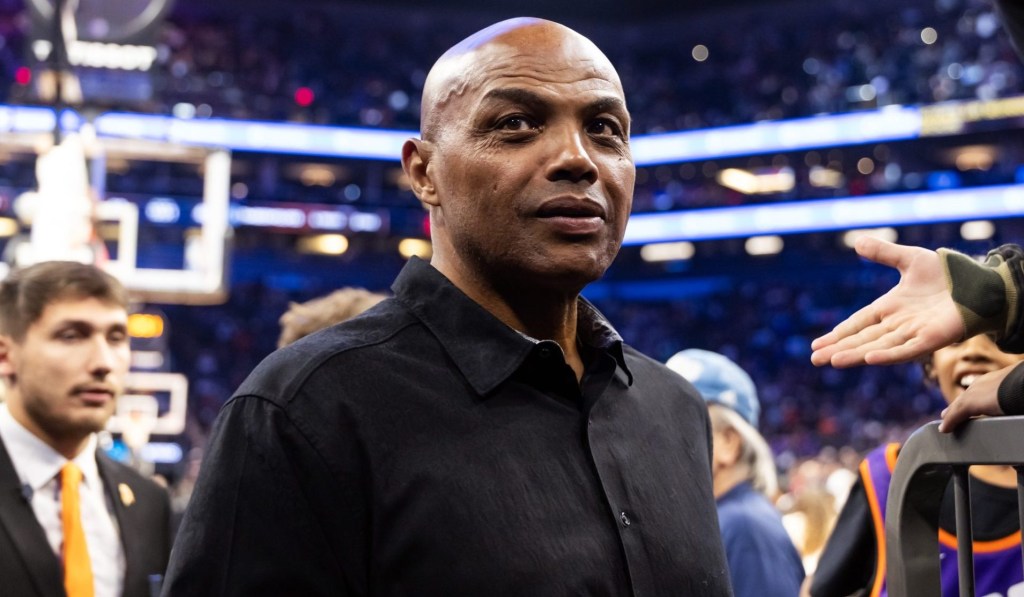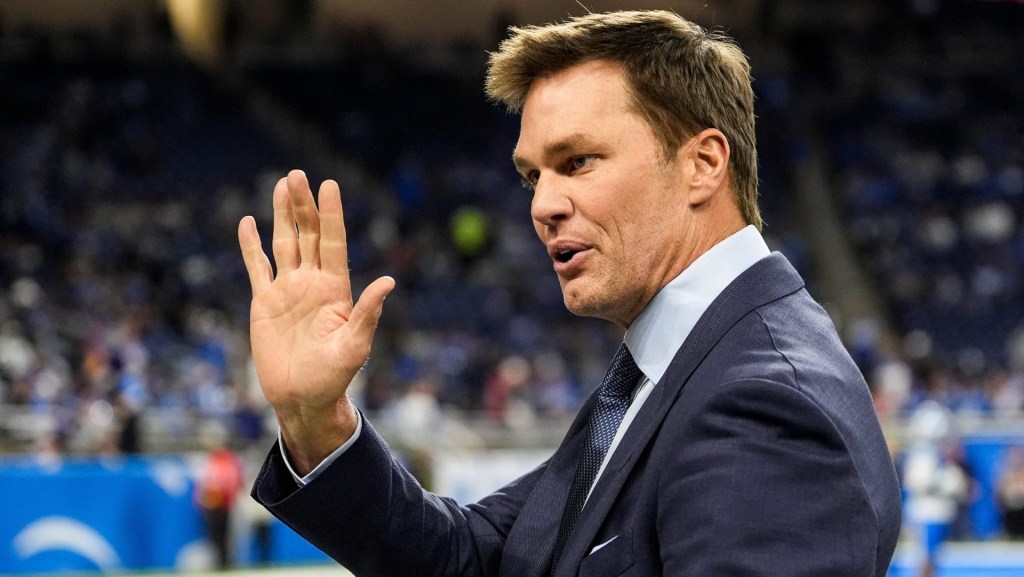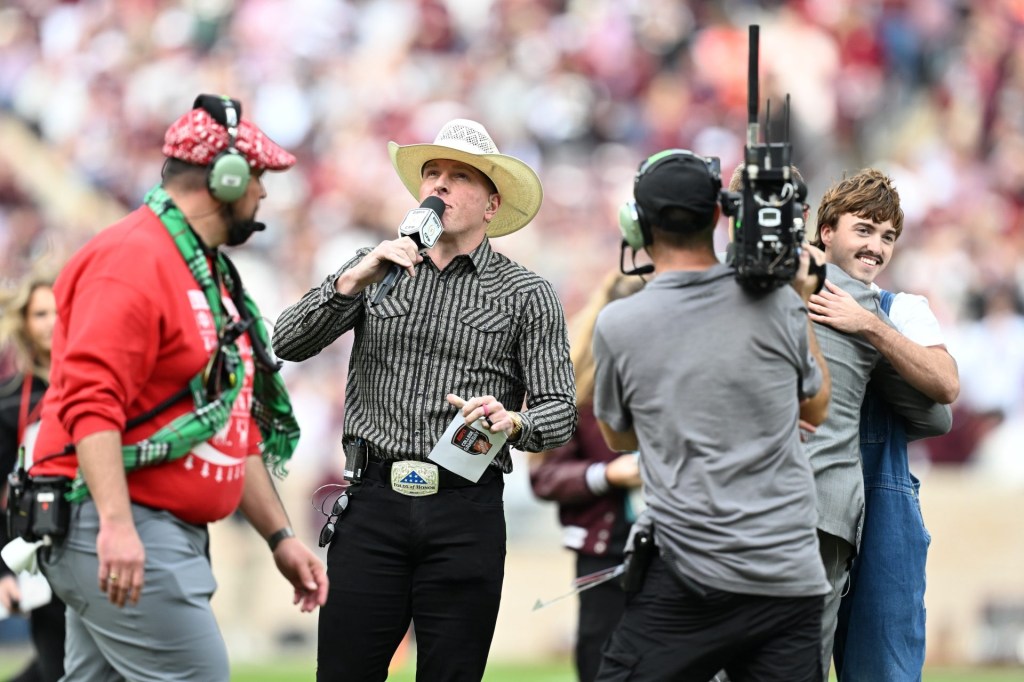Since Rich Eisen welcomed fans to the “new gathering place for the NFL fan and players” on Nov. 4, 2003, NFL Network has helped turn football into a year-round obsession.
Over its first two decades, NFLN launched “Thursday Night Football” as a TV franchise, provided in-depth coverage of the Super Bowl and NFL Draft, created TV shows such as “Good Morning Football,” “NFL Total Access,” and “A Football Life” and earned 33 Sports Emmys.
Along the way, the network launched alumni to new heights, including anchor Nate Burleson of “CBS Mornings,” NFL Insider Adam Schefter of ESPN, and Coach Deion Sanders of Colorado.
Thanks to the network’s yeoman efforts, it has expanded from about 11 million U.S. homes to 55 million — and the league has continued to find new spaces to conquer, including the biggest game of Week 9: the Kansas City Chiefs vs. Miami Dolphins from Frankfurt, Germany.
After televising the first-ever game from Germany last year, NFLN will continue to build its German fan base in the $20 billion league’s next breakout global market.
NFLN has always covered the league’s tentpole events like nobody else, including every Super Bowl and Draft since 2004 and 2006, respectively. But pro football was still a fall-winter proposition, with long gaps between seasons.
The channel has survived in the competitive world of cable TV by creating new franchises — and covering events nobody else bothered to.
David Jurenka, senior vice president of media and general manager for the Los Angeles-based network, quotes league media czar Brian Rolapp, who told him his job is to “super-serve” the under-served.
“There’s no limit to high-quality content that NFL fans will consume,” Jurenka told Front Office Sports. “If you package it the right way, produce it the right way, and productize it the right way. That’s really been a testament to what this team has done for the last 20 years.”
When NFLN debuted “Thursday Night Football” in 2006, the eight-game package was seen as an ugly duckling innovation, resented by players and coaches. By 2017, it had expanded to 18 games — and was televised by league media partners like CBS Sports, NBC Sports, and Amazon Prime Video.
Now, Amazon, the country’s biggest e-commerce company, is paying $1 billion annually through 2033 to stream TNF games outside local TV markets exclusively. This month, Amazon Prime Video will stream its first-ever “Black Friday” game the day after Thanksgiving.
In 2004, when NFLN first covered the Scouting Combine, it offered viewers six one-hour shows (Eli Manning was put through the paces of that 2004 broadcast. The San Diego Chargers eventually drafted him, then traded him to the New York Giants, where he won two Super Bowls).
By 2023, NFLN’s Combine coverage had grown to over 50 hours. The annual Draft itself, meanwhile, has become the league’s biggest tentpole event outside the Super Bowl.
Jurenka sees similar TV potential for the league’s annual schedule release, which has become an event.
“We see that as an opportunity to continue to grow that and make it more impactful,” he said.
NFLN also outdid DirecTV’s original Red Zone — which is now out of the picture — and launched its own RedZone Channel in 2009. Charismatic anchor Scott Hanson turned the popular whip-around show into a showcase event for fantasy players and bettors (NFLN will offer a free preview of RedZone Sunday).
“I love the RedZone. It’s one of the greatest inventions of all time,” said Gary Myers, author of “Once A Giant” about life after football for the Super Bowl champion 1986 Giants. “If you’re an NFL fanatic, (NFLN) is the answer to your prayers.”
On the other hand, Myers doesn’t think NFLN covers live games as well as the other media partners. He questioned the hiring of some former players like Warren Sapp, who was fired by the network after his arrest for soliciting prostitutes during Super Bowl Week.
Still, Myers noted NFLN has been the media glue chiefly responsible for making the league a full-calendar event.
“Back when I first started covering Dallas Cowboys in the early 80’s, you’d go from the Super Bowl with not a lot in between. You had to manufacture stuff,” Myers said. “Then the NFL Network came along – and made all this stuff like the Combine accessible to football fans.”
Looking forward, NFLN is facing significant challenges. The crumbling of the lucrative cable bundle has cable networks from NFLN to ESPN on red alert.
We still have to see whether Commissioner Roger Goodell’s exploration of strategic partners for the league’s media operation — including possibly selling minority stakes — results in any deals.
Similar to ESPN and other sports media companies, NFLN ordered some staff layoffs earlier this year to reduce costs.
But for now, Jurenka is happy with NFLN’s mix of linear TV, digital and direct-to-consumer offerings.
“It’s harder. But I like our position. I like the things that we’ve done to position ourselves to continue to engage, and maybe even grow, the number of fans and the quality of time we’re spending with those fans.”
